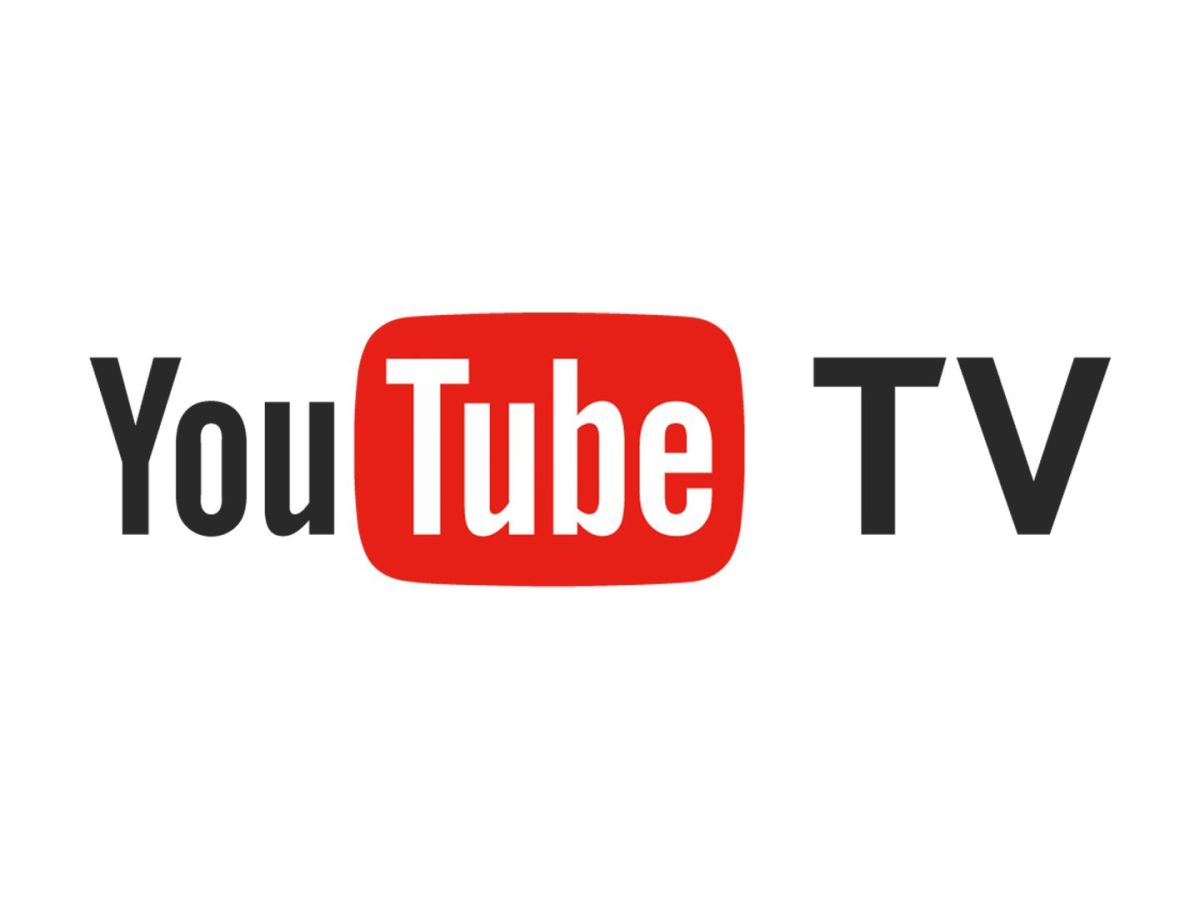Legacy Pay-TV Subscriptions Continue to Decline Amid OTT’s Rise
Consumers with both pay-TV and OTT subscriptions has dropped since a high in 2018

LOS ANGELES—Fewer consumers feel the need to have both a virtual MVPD service and a traditional pay-TV subscription than they did just a couple of years ago, as a new report from TDG, a division of Screen Engine/ASI, shows that 23% of households subscribe to both types of services.
2018 was the peak of dual-service use, as TDG says that 37% of vMVPD subscribers also subscribed to a traditional cable, satellite or telco pay-TV service. This was because vMVPD platforms, like Sling TV, did not carry live programming from the major national broadcast networks (ABC, CBS, Fox and NBC). As a result, consumers felt that the two services were necessary to satisfy household needs.
Today, services like Hulu Live TV and YouTube TV, both of which include the major four networks, have become market leaders. This has led to a decreased need for two separate services.
PLUS: Pay-TV to Experience Global Market Shift by 2025
However, of the 23% of vMVPD subscribers who do have a legacy pay-TV subscription as well, they say that the programming requirements of their home require it, and that they often use the second service when they are away from home. Also, 71% of dual-subscribers see their legacy service as their primary service.
In 2018, TDG predicted that the 37% of dual-subscribers would decline to 10% by 2022, and believe that the latest data still supports that trajectory.
“Most OTT pay-TV services now provide a full complement of both broadcast and cable channels, meaning they are more capable of competing head-to-head with ‘fat’ legacy offerings,” said Michael Greeson, co-founder and president of TDG.
Get the TV Tech Newsletter
The professional video industry's #1 source for news, trends and product and tech information. Sign up below.
Greeson also makes the case that simply combining the data for traditional pay-TV and vMVPD subscribers for a cumulative pay-TV subscription tally is invalid and that the overlap should be recognized.
TDG will discuss the data from this report and other insights during its “Stream TV’s Summer Research Summit” on June 29.
For more information, visit www.tdgresearch.com.
